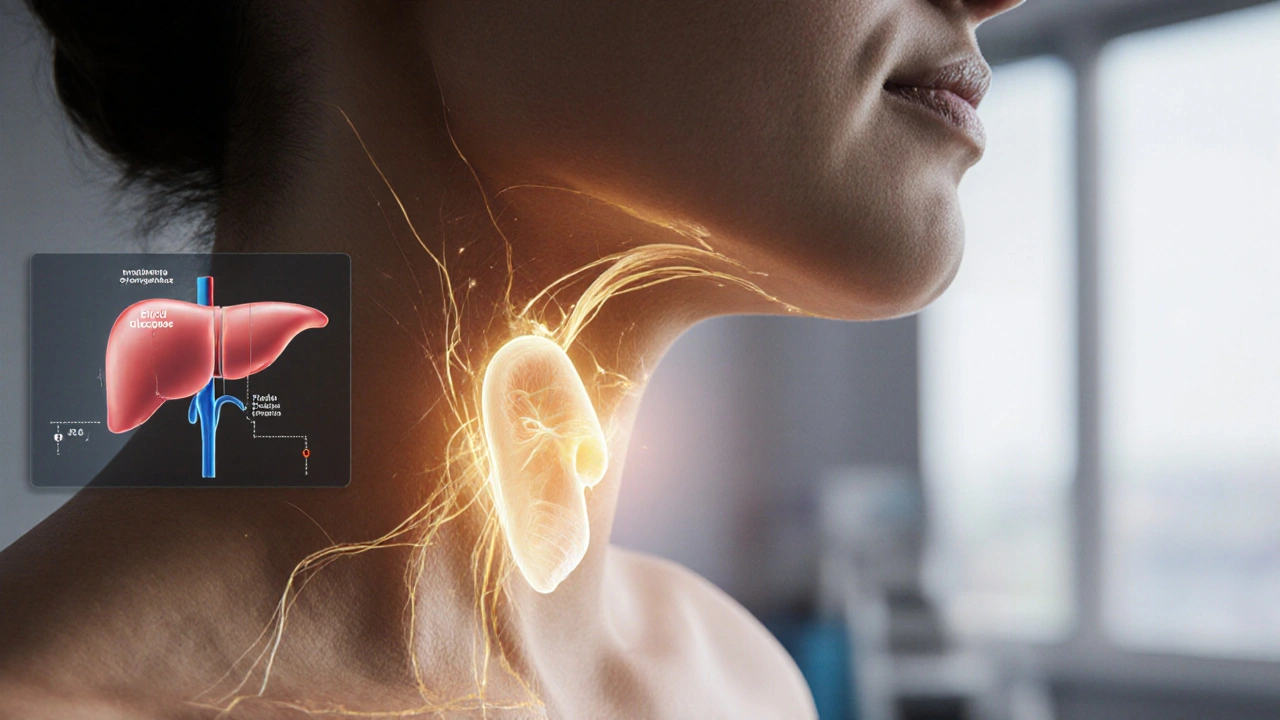Diabetes: Understanding, Managing, and Living Better
When dealing with diabetes, a chronic condition where the body cannot keep blood glucose within normal limits. Also known as high blood sugar, it affects millions worldwide and requires daily attention. Diabetes encompasses two main forms—type 1, where the pancreas stops producing insulin, and type 2, where cells become resistant to insulin’s action. Knowing which form you have shapes the treatment plan and lifestyle changes you’ll need.
Core elements of diabetes care
Effective control hinges on three pillars: insulin, the hormone that moves glucose from the bloodstream into cells for energy, regular blood sugar, the concentration of glucose circulating in the blood at any given time, and accurate glucose monitoring. Semantic triple: Diabetes requires insulin or oral agents to lower blood sugar; blood sugar trends guide medication adjustments; glucose monitoring enables real‑time feedback for better outcomes. Modern devices—continuous glucose monitors and smart meters—let you spot spikes before they become problems, saving you from emergency visits.
Beyond meds, diet, exercise, and sleep play huge roles. A low‑glycemic diet reduces post‑meal spikes, while regular aerobic activity improves insulin sensitivity. Stress management and adequate rest keep hormones balanced, preventing unexpected glucose swings. The articles below dive deep into medication comparisons—like how generic Prilosec or Wellbutrin interact with common diabetes drugs—and give step‑by‑step buying guides, so you can choose safe, affordable options that fit your regimen. Keep reading to find practical tips, drug reviews, and tools that help you stay on top of diabetes every day.
Hyperthyroidism and Diabetes: How They Influence Each Other
Explore how hyperthyroidism affects diabetes management, spot overlapping symptoms, and learn medication, lifestyle, and monitoring tips to keep both conditions under control.

